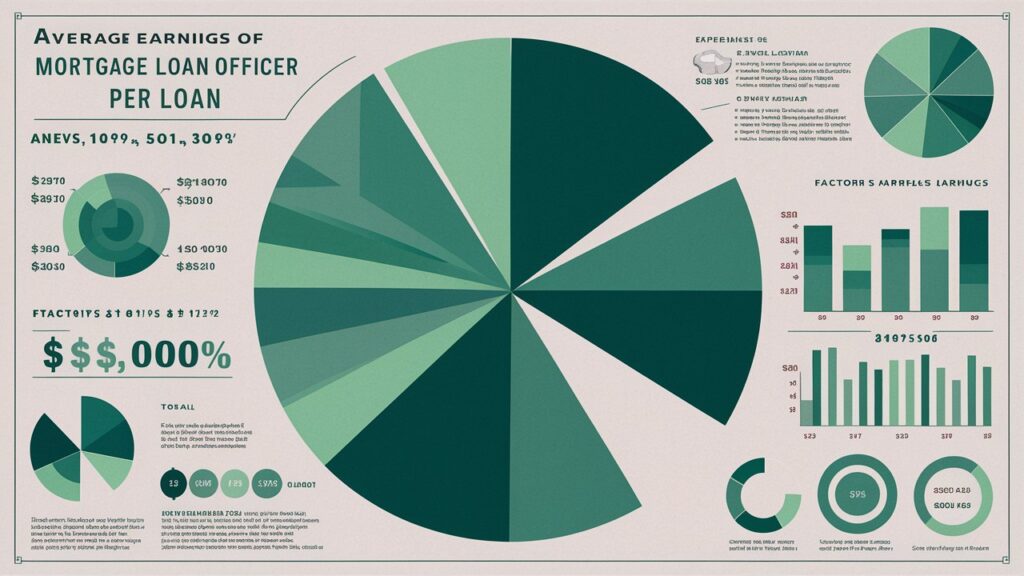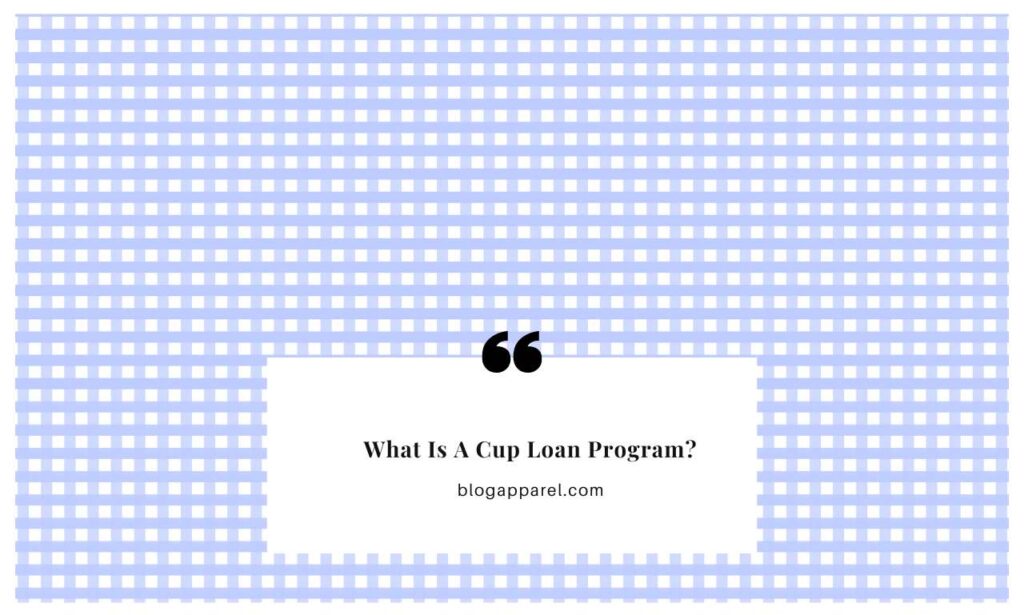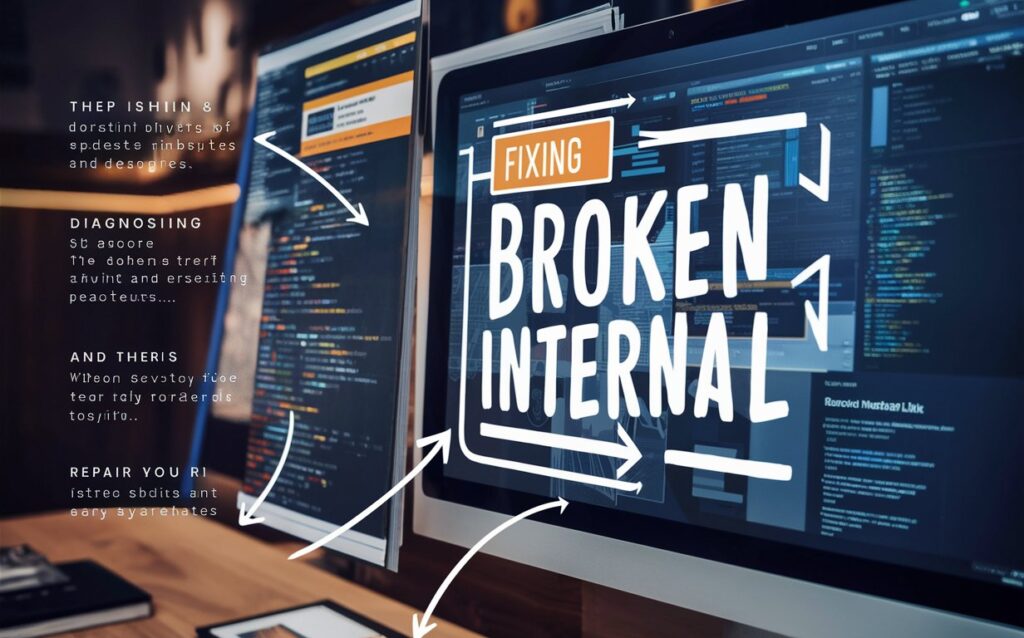Both mortgages and auto loans are secured loans, meaning the borrowed funds are backed by collateral—the property or vehicle being purchased. This allows lenders to offer lower interest rates than unsecured loans, as the risk of default is mitigated.
Introduction
Navigating the financial landscape reveals certain truths spanning different types of loans, with mortgages and auto loans embodying key similarities that borrowers should understand. Despite their distinct purposes—financing a home purchase versus acquiring a vehicle—both are fundamentally secured loans. This means tangible assets back them as collateral, a commonality that provides a safety net for lenders while often securing more favourable interest rates for borrowers. This shared characteristic underscores a fundamental principle in the realm of lending.
Collateral Requirement: The Security Backbone of Mortgages and Auto Loans
Exploring the fabric of secured lending, the collateral requirement emerges as the pivotal element that unites mortgages and auto loans. This fundamental aspect ensures that both types of loans are anchored by tangible assets, offering a safeguard for lenders while providing borrowers with potentially lower interest rates and better loan terms.
Mortgages:
In the context of mortgages, the purchased property itself becomes the collateral. This arrangement means that if the borrower defaults on their loan, the lender has the right to foreclose on the property to recover the outstanding debt. This security mechanism is vital, as it directly ties the loan’s safety to the real estate’s value, offering a clear pathway for lenders to mitigate risk. Appraising the property before loan approval is critical, as well as ensuring that the loan amount is commensurate with the property’s market value and reinforcing the loan’s security framework.
Auto Loans:
Similarly, auto loans employ the vehicle being financed as collateral. This means that defaulting on an auto loan can lead to the vehicle’s repossession by the lender. Such a scenario underscores the loan’s secured nature, with the vehicle’s value providing a risk buffer for the lender. This security principle allows for more competitive interest rates and terms for the borrower, paralleling the mortgage process. However, the depreciating value of vehicles poses a unique challenge, often leading to different considerations in loan terms and conditions compared to real estate, which typically appreciates over time.
This collateral requirement in both mortgages and auto loans signifies the loans’ secured status and highlights lenders’ inherent risk management strategies. By understanding this fundamental similarity, borrowers can better navigate the nuances of secured lending, appreciating the protections and obligations it entails.
Interest Rates: Navigating the Costs of Borrowing
When dissecting the financial components of mortgages and auto loans, interest rates stand out as a critical factor that affects the overall cost of borrowing. This section delves into how interest rates are applied and what they signify for both types of loans, revealing the nuances of lending practices.
Mortgages:
Interest rates on mortgages are typically influenced by various factors, including the borrower’s credit score, down payment size, loan term, and prevailing economic conditions. Mortgages often come with fixed or adjustable rates, allowing borrowers to choose based on their financial stability and risk tolerance. Fixed-rate mortgages provide the security of a constant interest rate over the life of the loan. In contrast, adjustable-rate mortgages offer lower initial rates that fluctuate with market conditions. This flexibility enables borrowers to tailor their mortgages to their long-term financial plans.
Auto Loans:
Similar to mortgages, interest rates on auto loans are affected by the borrower’s creditworthiness, the loan term, and the economy. However, auto loans typically have higher interest rates than mortgages due to the vehicle’s depreciating value serving as collateral. The choice between fixed and variable rates is less common, with most auto loans offering fixed rates that ensure monthly payments remain consistent throughout the loan’s duration. This predictability is crucial for borrowers budgeting for a vehicle purchase.
Both mortgages and auto loans exhibit the importance of interest rates in determining the cost of borrowing. Understanding these rates and how they apply can help borrowers make informed decisions, ensuring their financial commitments align with their capabilities and goals.
Amortization: Structuring Payments Over Time
Amortization plays a crucial role in both mortgages and auto loans, outlining how payments are divided over the loan’s term to cover both interest and principal. This section explores the amortization process, highlighting its impact on the borrower’s financial journey.
Mortgages:
Mortgages typically feature long amortization periods ranging from 15 to 30 years. This extended time frame allows for gradually reducing the principal amount alongside interest payments, making homeownership more accessible by spreading the cost over many years. Initially, payments are heavily skewed towards interest, but as the loan matures, a more significant portion of the fees goes towards reducing the principal. This structure aids borrowers in building equity over time while managing monthly expenses.
Auto Loans:
Auto loans, conversely, have shorter amortization periods, usually between 2 to 7 years. Despite this shorter duration, the amortization concept remains the same, with early payments primarily covering interest costs before gradually shifting more towards the principal. The faster amortization reflects the quicker depreciation of vehicles compared to real estate, aiming to align the loan payoff with the asset’s useful life. This ensures borrowers can manage their investments wisely, preventing them from paying significantly on a depreciating asset.
Understanding the amortization schedule of mortgages and auto loans is essential for borrowers. It not only influences how much interest is paid over the life of the loan but also impacts the equity buildup in the financed asset. Awareness of this process allows for informed financial planning and decision-making.
Default Consequences: Understanding the Risks
The consequences of defaulting on loans underscore the severe commitments that mortgages and auto loans represent. This section examines the ramifications of failing to meet loan obligations, emphasizing the importance of financial diligence.
Mortgages:
Defaulting on a mortgage can lead to foreclosure, a process where the lender takes possession of the property to recover the unpaid loan amount. This not only results in the loss of the home but also severely impacts the borrower’s credit score and ability to secure future loans. The foreclosure process can be lengthy and emotionally taxing, with significant legal and financial implications. It reflects the gravity of mortgage commitments and the critical importance of maintaining regular payments.
Auto Loans:
Similarly, defaulting on an auto loan typically results in the vehicle’s repossession by the lender. Repossession is often quicker than foreclosure and can occur shortly after payments are missed, reflecting the more immediate depreciating value of the collateral. The impact on the borrower’s credit score and financial standing is significant, complicating future attempts to secure loans or financing. Additionally, borrowers may still owe a deficiency balance if the vehicle’s sale doesn’t cover the loan’s outstanding amount.
Both scenarios highlight the severe consequences of defaulting on secured loans. Whether it’s a mortgage or an auto loan, the implications extend beyond the immediate loss of property or vehicle, affecting financial health and future borrowing capabilities. Understanding these risks is crucial for borrowers entering into loan agreements, emphasizing the need for careful financial planning and management.
Loan Term Length: Mapping the Timeline of Repayment
The term length of a loan significantly influences the repayment structure, interest accumulation, and the borrower’s financial planning. This segment explores how the duration of mortgages and auto loans shapes the borrowing experience, revealing an essential aspect of financial commitments.
Mortgages:
Mortgages are characterized by their long-term length, typically 15 to 30 years. This extended duration is designed to make homeownership accessible, allowing borrowers to spread the repayment over many years, thereby reducing monthly payment amounts. The longer term also means that borrowers will pay more interest over the life of the loan, but it facilitates the gradual buildup of equity in the property. Choosing the correct mortgage term balances monthly affordability and total interest paid, reflecting the long-term commitment to home financing.
Auto Loans:
Contrastingly, auto loans generally have shorter terms, ranging from 2 to 7 years. This shorter repayment period aligns with the quicker depreciation rate of vehicles compared to real estate. While the shorter term leads to higher monthly payments than a mortgage, it reduces the total interest paid over the life of the loan and more quickly frees the borrower from the debt obligation. The term length for auto loans often depends on the borrower’s budget and how quickly they want to own the vehicle outright.
Understanding the term length of mortgages and auto loans is vital for borrowers, as it affects the overall cost of borrowing, the monthly payment size, and the speed at which equity is built or the asset is owned free and clear. This comparison highlights a fundamental truth of financial planning: the repayment timeline is a crucial determinant of a loan’s impact on one’s monetary journey.
Lender’s Security Interest: Safeguarding Investment Across Loan Types
A lender’s security interest represents a legal claim on the collateral provided for a loan, ensuring protection against default. This crucial aspect underscores the lender’s right to recover the investment, highlighting similarities and differences in how it is applied in mortgages and auto loans.
Mortgages:
In the case of mortgages, the lender’s security interest is tied directly to the real estate being financed. This interest is formalized through a lien on the property’s title, which is recorded in public records. If the borrower defaults, the lender can enforce their security interest by initiating foreclosure and selling the property to recoup the unpaid loan balance. This process emphasizes the importance of the property as collateral, securing the lender’s investment over the long term of the mortgage.
Auto Loans:
Similarly, with auto loans, the lender’s security interest is secured by purchasing the vehicle. This interest is usually documented by a lien on the vehicle’s title. In the event of a default, the lender can repossess the car to offset the loan’s outstanding balance. Compared to real estate, the quicker depreciation of vehicles influences the loan terms and conditions, reflecting the lender’s approach to managing risk in auto financing.
The concept of lender’s security interest in both mortgages and auto loans illustrates a fundamental principle of secured lending: providing lenders with a mechanism to mitigate risk while offering borrowers access to funds for significant purchases. Whether dealing with real estate or vehicles, understanding the nature of this security interest is essential for borrowers, clarifying the implications of their financial obligations and the protections afforded to lenders.
Possibility of Refinancing: Exploring Financial Flexibility
Refinancing presents an opportunity to reassess and improve the terms of an existing loan, a feature common to both mortgages and auto loans. This section sheds light on how refinancing works in these contexts, offering borrowers a chance to adjust their financial strategies.
Mortgages:
Refinancing a mortgage allows homeowners to replace their current loan with a new one, often to take advantage of lower interest rates, change the loan term, or consolidate debt. This can lead to significant savings over time, reduce monthly payments, or help build equity more quickly. The decision to refinance a mortgage depends on current interest rates, the remaining loan balance, and refinancing costs. Given the large sums involved and the long-term nature of home loans, refinancing can be a powerful financial management and planning tool.
Auto Loans:
Similarly, auto loan refinancing involves taking out a new loan to pay off an existing one, aiming for better terms such as a lower interest rate or a different repayment period. This can be particularly beneficial if the borrower’s credit score has improved since the original loan was taken out or if market conditions have changed favourably. However, due to the faster depreciation of vehicles, the window for advantageous refinancing might be narrower compared to mortgages. Borrowers must consider the remaining loan balance, the car’s age, and potential fees to determine whether refinancing is beneficial.
Refinancing offers a pathway to improved financial terms for both mortgages and auto loans, embodying the adaptability of financial agreements to changing personal circumstances and market conditions. Whether seeking lower payments, shorter terms, or overall cost savings, refinancing can provide tangible benefits, underscoring its viability in managing long-term and short-term loans.
FAQs
What is a common feature of both mortgages and auto loans?
Both are secured loans backed by collateral (the property or vehicle) that the lender can claim if the borrower defaults.
Can both mortgages and auto loans have fixed or variable interest rates?
Yes, both types of loans can offer fixed or variable interest rates, depending on the lender’s offerings and the borrower’s preference.
Is it possible to refinance both mortgages and auto loans?
Yes, mortgages and auto loans can be refinanced to secure lower interest rates or more favourable terms.
Do both mortgages and auto loans require a down payment?
Typically, yes. Both types of loans often require a down payment, though the amount can vary based on the lender and the borrower’s creditworthiness.
Are the interest rates generally higher for mortgages or auto loans?
Interest rates can vary, but auto loans generally have higher rates than mortgages due to the vehicle’s depreciating value.
Can defaulting on mortgages and auto loans affect your credit score?
Yes, defaulting on either type of loan can significantly damage your credit score and affect your ability to secure future loans.
Do both mortgages and auto loans allow for early repayment or prepayment?
Yes, many lenders allow early repayment or prepayment for both types of loans, though some may charge prepayment penalties.
Is the foreclosure or repossession process applicable to both mortgages and auto loans?
Yes, in the event of default, foreclosure applies to mortgages (property), and repossession applies to auto loans (vehicles), allowing lenders to recover their losses.
Conclusion
In conclusion, both mortgages and auto loans share foundational similarities that underscore the complexities of secured lending. Central to their nature is collateral, offering lenders security and borrowers potentially favourable terms. Whether it’s the flexibility in interest rates, the possibility of refinancing, or the implications of default, these loans reflect the intricate balance of risk and reward in financing significant purchases. Understanding these parallels demystifies financial products and empowers consumers to make informed decisions tailored to their needs and circumstances.










